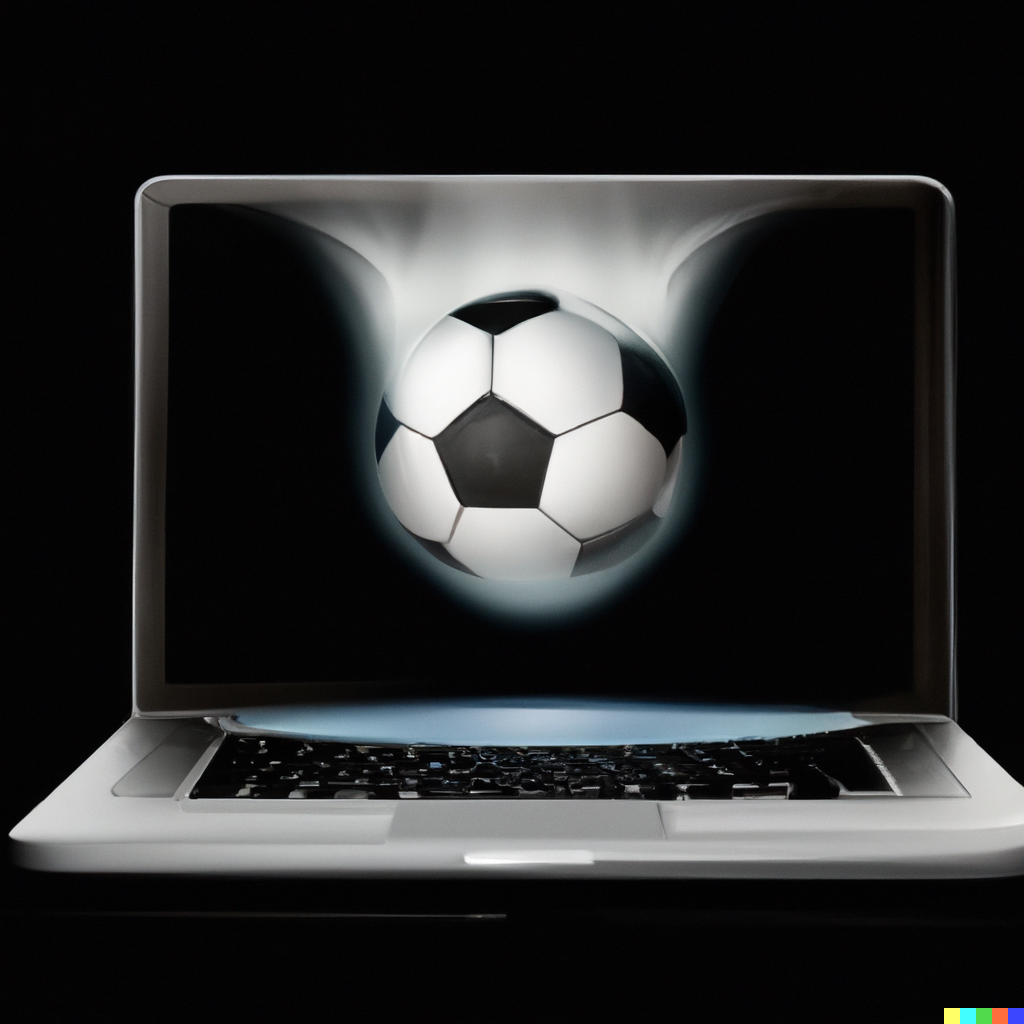September 02 | Sports Technology SportsTech

In recent years, the intersection of sports and technology has become increasingly prominent, fundamentally altering how athletes train, perform, and interact with their fans. From sophisticated performance analytics to immersive fan experiences, sports technology (SportsTech) is driving innovation and creating new opportunities for athletes and teams. This article delves into the latest advancements in SportsTech and explores how these innovations are reshaping the landscape of sports.
One of the most significant impacts of SportsTech is in the realm of performance analytics. Traditionally, coaches and athletes relied on basic statistics and subjective assessments to gauge performance. Today, however, the advent of advanced analytics tools has revolutionized this approach.
Wearable Technology: Wearable devices such as GPS trackers, heart rate monitors, and accelerometers provide real-time data on athletes' performance. These devices monitor metrics like speed, distance, heart rate, and movement patterns, offering detailed insights into an athlete’s physical condition and performance. For instance, GPS trackers can analyze an athlete's movement patterns and help coaches adjust training regimens to optimize performance and reduce the risk of injury.
Data Analytics Platforms: Sophisticated data analytics platforms have emerged, capable of processing vast amounts of data collected from various sources. Tools like Catapult and Zebra Technologies offer in-depth analysis and visualization of performance metrics, helping coaches and athletes make data-driven decisions. These platforms enable teams to identify strengths and weaknesses, tailor training programs, and develop strategic game plans.
Injury prevention and rehabilitation are critical aspects of sports science, and technology is playing a pivotal role in these areas.
Biomechanics and Motion Analysis: High-speed cameras and motion capture systems are used to analyze athletes' movements and biomechanics. By studying how athletes move, researchers can identify faulty techniques that may lead to injuries. This information helps in designing better training programs and rehabilitation protocols. Companies like Dartfish and Motus Global offer advanced motion analysis solutions that help in refining techniques and reducing the risk of injury.
Predictive Analytics: Predictive analytics models are becoming increasingly sophisticated in forecasting injury risks. By analyzing historical data and real-time performance metrics, these models can identify patterns that may indicate an increased risk of injury. This proactive approach allows for early intervention and preventive measures, thereby minimizing the likelihood of serious injuries.
The fan experience has evolved dramatically thanks to technological advancements. SportsTech has introduced new ways for fans to engage with their favorite teams and athletes.
Augmented Reality (AR) and Virtual Reality (VR): AR and VR technologies are transforming how fans experience live sports. AR apps provide real-time statistics, player information, and interactive content during live games, enhancing the viewing experience. VR, on the other hand, offers immersive experiences, allowing fans to virtually attend games from any location. For example, VR platforms like NextVR and Oculus offer virtual seats in stadiums, providing fans with a unique perspective of the action.
Social Media Integration: Social media platforms play a crucial role in fan engagement. Teams and athletes use social media to connect with fans, share behind-the-scenes content, and provide updates. Advanced analytics tools help in understanding fan preferences and behaviors, enabling personalized content and targeted marketing campaigns. Platforms like Twitter, Instagram, and TikTok are now integral to sports marketing strategies.
The concept of smart stadiums is rapidly gaining traction, with technology enhancing both the operational efficiency of sports venues and the overall fan experience.
IoT and Connectivity: The Internet of Things (IoT) has enabled the development of smart stadiums equipped with interconnected devices and sensors. These technologies streamline operations, such as managing crowd flow, monitoring facility conditions, and optimizing energy consumption. For instance, smart sensors can detect and address maintenance issues in real-time, ensuring a seamless experience for fans.
Enhanced Facilities: Innovations like high-speed Wi-Fi, mobile ticketing, and cashless transactions contribute to a more convenient and enjoyable experience for spectators. Smart seating systems and interactive kiosks further enhance the fan experience by offering personalized services and real-time information.
Artificial Intelligence (AI) is becoming a cornerstone of SportsTech, driving advancements in several key areas.
Game Strategy and Coaching: AI algorithms analyze vast amounts of game footage and data to identify patterns and develop strategic insights. This information helps coaches make informed decisions about game tactics and player substitutions. AI-powered tools like IBM’s Watson provide teams with deep insights into opponent strategies and game dynamics.
Fan Experience and Personalization: AI is used to personalize fan experiences by analyzing preferences and behavior. Chatbots powered by AI offer instant customer support and engagement, while recommendation systems provide personalized content and product suggestions. AI-driven content creation tools are also being used to generate highlights and summaries, keeping fans engaged and informed.
As technology continues to advance, the future of SportsTech promises even more exciting developments. Emerging technologies like blockchain, advanced robotics, and quantum computing could further transform the sports industry.
Blockchain: Blockchain technology has the potential to revolutionize ticketing and merchandise management by providing secure and transparent transactions. It could also be used to create decentralized platforms for fan engagement and athlete interactions.
Robotics: Robotics and automation are expected to play a role in training and rehabilitation. For example, robotic systems could be used for precise physiotherapy and rehabilitation exercises, enhancing recovery processes for injured athletes.
Quantum Computing: Quantum computing holds the promise of significantly enhancing data processing capabilities. This could lead to breakthroughs in performance analytics, predictive modeling, and strategic planning.
The integration of technology into sports is creating a more dynamic, efficient, and engaging environment for athletes and fans alike. As advancements in performance analytics, injury prevention, fan engagement, and smart facilities continue to evolve, the potential for innovation in SportsTech is boundless. Embracing these technological advancements will be crucial for teams, athletes, and organizations seeking to stay at the forefront of the sports industry. The future of sports is not only about playing the game but also about leveraging technology to enhance every aspect of it.
SHARE THIS:
© Copyright 2025Global Tech AwardsAll Rights Reserved